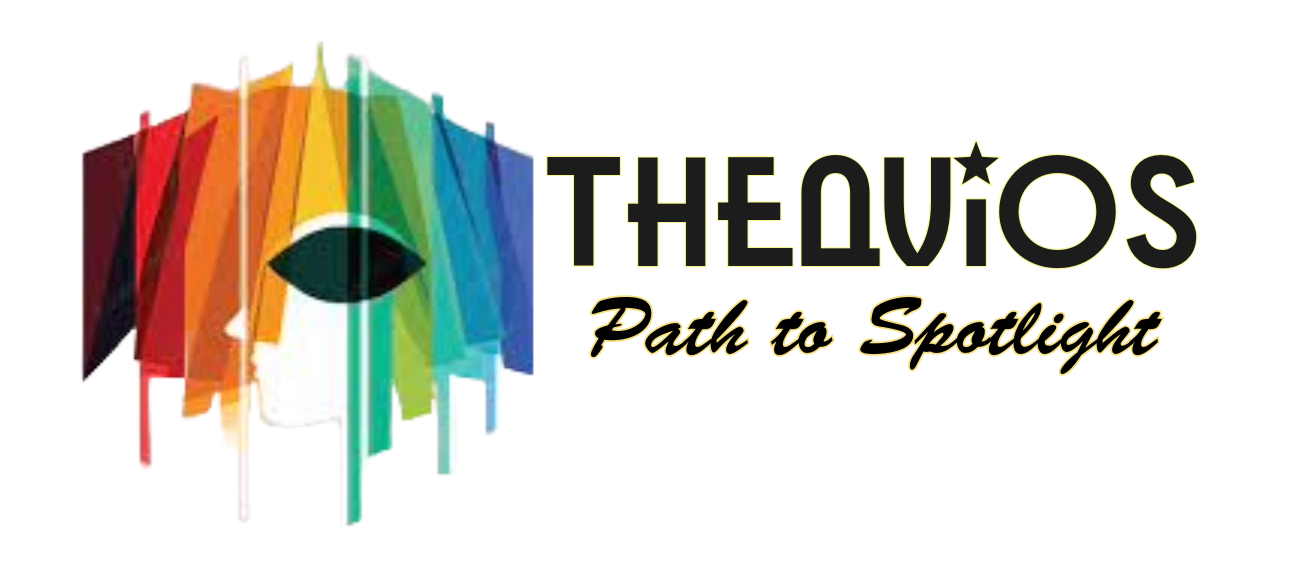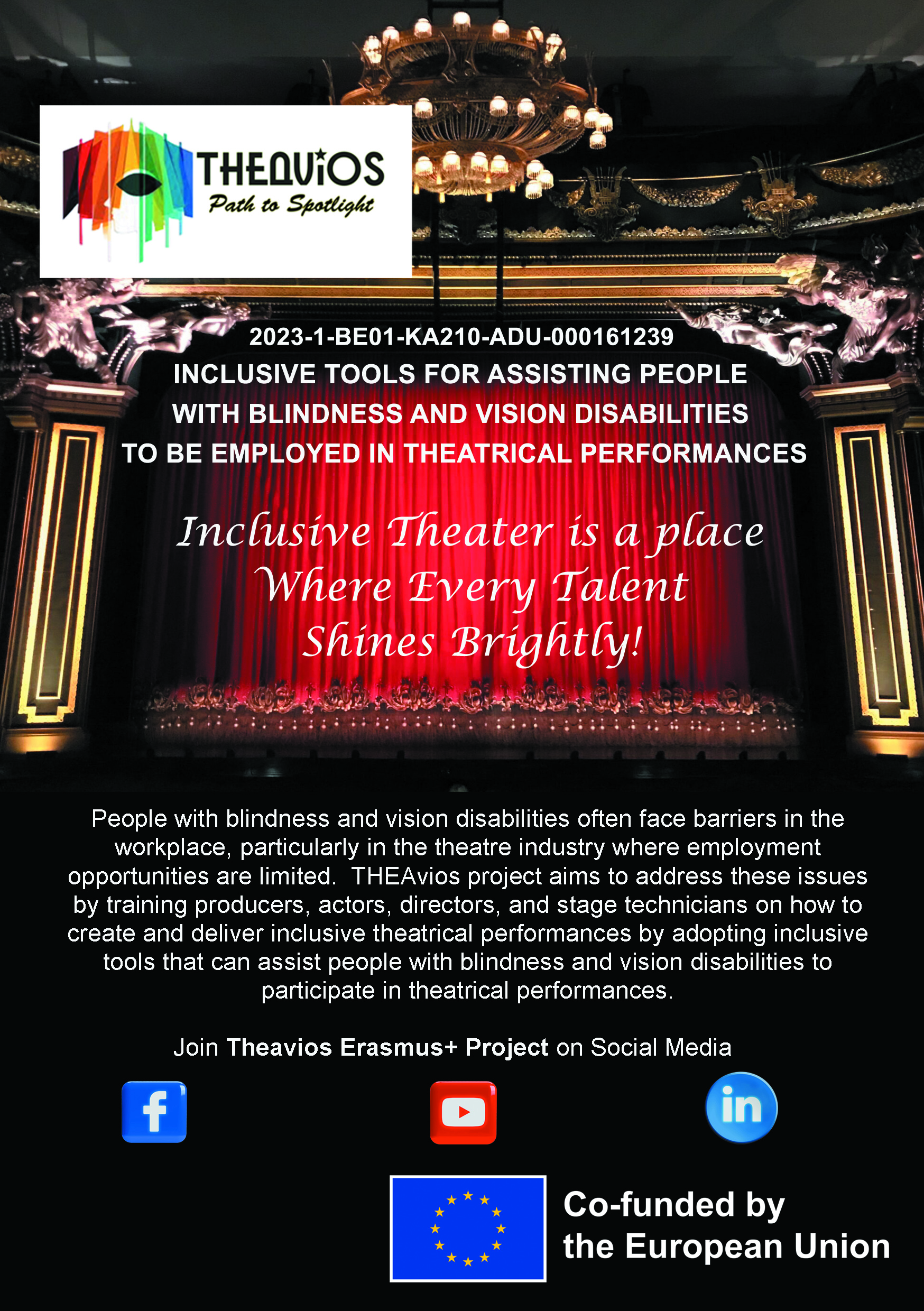


In the heart of theatre lies a fundamental truth: it is a space for human connection. A mirror held up to society. A platform for voices — familiar or forgotten — to be heard. But what happens when certain voices are left out of the script entirely? What if the spotlight never reaches the talents of people with blindness or vision disabilities?
TheaVios is stepping in to change that narrative.
Reimagining the Stage
Historically, the world of theatre has not been designed with inclusiveness in mind. From inaccessible audition processes to technical limitations backstage, people with vision disabilities have been systematically excluded — not by malice, but by a lack of awareness, imagination, and tools.
TheaVios challenges this status quo by training theatre professionals — from directors and actors to technicians — to create truly inclusive productions. This is not simply about accommodating. It’s about reimagining what theatre can be when everyone is invited to co-create it.
Inclusion as an Artistic Force
Inclusion isn’t just a moral imperative — it’s an artistic one. When people with different sensory experiences contribute to storytelling, new forms of expression emerge. Scripts are enriched. Performances gain depth. The entire creative ecosystem becomes more vibrant, more daring, more human.
TheaVios promotes the use of inclusive tools such as tactile stage maps, audio description, real-time verbal cues, and specially designed lighting techniques. But beyond the technical innovations, it fosters something even more powerful: a shift in mindset.
Changing Perceptions, Opening Doors
Too often, people with disabilities are perceived only as audience members — rarely as creators. TheaVios reverses this perception by supporting blind and visually impaired individuals to take centre stage, direct, choreograph, and design. This project is a reminder that talent doesn’t rely on sight — it relies on opportunity.
Take for example the story of a young visually impaired actor trained through a TheaVios partner organization, who now leads inclusive workshops for others. Or a theatre technician with partial vision who found new ways to interpret lighting design by working with contrast and temperature instead of traditional visuals. These are not exceptions — they are signs of what is possible when we dismantle old barriers.
A Collective Call
Theatre is, by nature, collaborative. So is change. TheaVios calls on theatre companies, producers, educators, and cultural policymakers to embrace a radical inclusivity — one that does not wait for the “right moment” or the perfect funding, but starts with a simple belief: everyone has the right to tell their story and shape the world through art.
Inclusion isn’t just a box to tick. It’s the most radical — and most necessary — act of creativity we can offer.